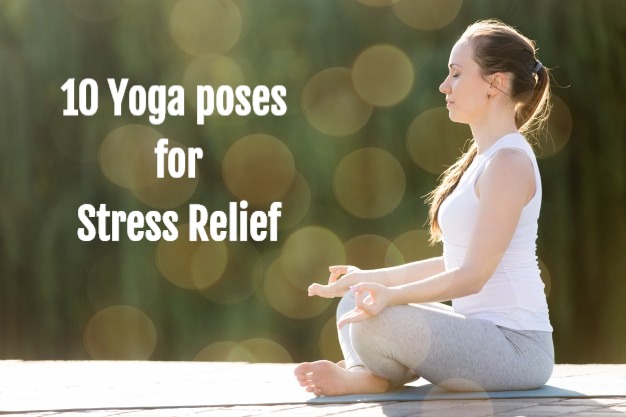Hello Friends, Today we are going to learn best 5 breathing exercises also known as pranayama for stress and anxiety. You must be wondering if inhaling and exhaling can really help to relieve stress and anxiety and how is it even possible, right? Well, let me tell you one thing very clearly, you know how it feels when you are stressed, you know how it feels when you have anxiety.
When asked to practise breathing exercises for stress and anxiety it also means that you are asked to do something you are expert at and have been doing it since you were born, so focusing and realising that you are able to breathe perfectly, that itself makes you feel better and less chaotic.
How pranayama for stress and anxiety work?
We take breathing as a process for granted, but it has an important role in balancing our body. More focused breathing provides more oxygen to the body, which also means that there is more oxygen for the brain to work more efficiently. In this post, we will see different breathing exercises called Pranayama in Sanskrit which is super helpful in reducing and anxiety. In case you are wondering what does Pranayama actually signify. Prana is the Life force that represents awareness in any living organism and Pranayama signifies the process of irrigating the body with this life energy via systematic breathing techniques.
Pranayama for stress relief is the best way to handle the situation which is stressful, the brain freezes up and is not able to work efficiently, it becomes a huge concern where stress affects the physical health. Before anyone reaches that level, one should start practicing pranayama for stress relief. Even Pranayam for anxiety helps you in a way that gives you a sense of control over your body and helps you recover anxiety. Now the best thing about pranayama is that it can be practiced anywhere, Anulom Vilom for anxiety is the best Pranayama of all and it can be practiced anywhere.
Now when we have the context of Pranayama lets dive deep into what these techniques are and how do they work.
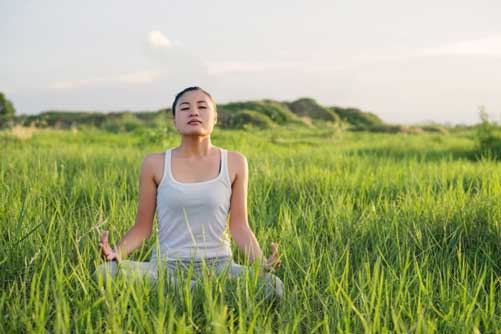
Most yogic breathing techniques are found to influence the neuro-cognitive abilities positively and some of which were even used in clinical settings with beneficial effects.
– Journal of Ayurveda and Integrative Medicine,volume10,issue1,2019
List of 5 pranayama for stress and anxiety:
- Alternative nostril breathing | Anulom Vilom Pranayama
- Humming bee | Bhramari Pranayama
- The Victorious Breathing | Ujjayi
- Skull shining breath | Kapalbhati
- Abdominal breathing | Vashisht pranayama
1) Alternative nostril breathing | Anulom Vilom Pranayama

The practice of uninostril breathing was also used clinically in cases of stroke, where practice of uninostril breathing for 10 weeks reduced anxiety in 11 post stroke cases.
– Journal of Ayurveda and Integrative Medicine,volume10,issue1,2019
Steps:
- Sit comfortably on your mat and sit straight so that your back, neck and head are aligned.
- Let your left-hand rest on your left knee.
- There is this particular hand pose that one has to perform with his right hand. There is a reference image. You have to curl up your index and middle finger and let the other fingers be open and not curled up.
- Maintaining the same hand pose, use your thumb to press your right nostril and inhale deeply from your left nostril.
- Hold your breath for 5 seconds and then press your left nostril with your ring finger and lift your thumb from your right nostril and exhale slowly.
- Keep repeating this 15-20 times.
Precautions:
Avoid practising it if you are suffering from high blood pressure or any heart disease.
2) Humming bee | Bhramari pranayama

According to a study it is said that it modifies the brain responses through resonance produced by the humming sound, has shown to cause non-epileptic paroxysmal gamma waves in the EEG.
– Journal of Ayurveda and Integrative Medicine,volume10,issue1,2019
Steps:
- Sit comfortably on your mat and sit straight so that your back, neck and head are aligned.
- Keep your hands on your knees or near your ears, closing them with your palm.
- Take a deep breath by inhaling slowly, hold it for 5 seconds.
- Then exhale without opening your mouth and making a humming sound from inside.
Precautions:
- Avoid this Pranayama if you occur to have an active ear infection.
3) The Victorious Breathing | Ujjayi
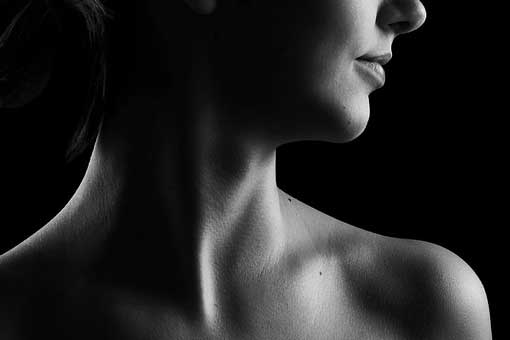
Steps:
- Sit comfortably on your mat and sit straight so that your back, neck, and head are aligned.
- Relax your jaw and your tongue.
- Relax and open your mouth enough to inhale. (do not open your mouth wide)
- Inhale and exhale through your mouth and feel the air passing through your windpipe.
- Please note that when you exhale, the type of exhaling should be like the one when you try to fog up any glass. When you do so, there is a slight contraction on the back of your throat.
- After exhaling this way try to inhale with the same contraction, when you feel you can do it right, then close your mouth and inhale and exhale from your nose with the same contraction in the throat.
- Keep focusing on your breath and the sound of your breath. Let that sound soothe your mind and you will find peace around you.
- Repeat this till you feel peaceful.
Precaution:
Be careful not to tighten your throat.
4) Skull shining breath | Kapalbhati

Steps:
- Sit comfortably on your mat and sit straight so that your back, neck and head are aligned.
- Inhale normally and exhale forcefully through your nostrils only.
- Keep inhaling and exhaling in this manner for 30 -50 seconds.
Precautions:
- Avoid Kapalbhati if you are pregnant.
- Avoid if you are suffering from high blood pressure or heart-related discomforts
- Not to be practised when having an asthma attack.
5) Abdominal breathing | Vashisht pranayama
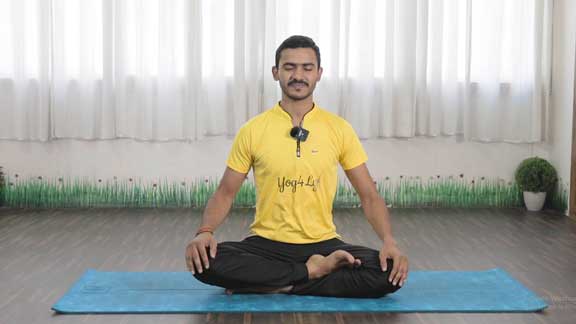
Steps:
- Relax and lie down on your back.
- Bend your knees and your feet touching the floor.
- Stretch your arms in a way that it has a one-inch distance between your hips and your arms.
- Let your palm face the sky.
- Now you must inhale and exhale and keep focusing on your breath.
- When you inhale air, your stomach stretches and expands while when you exhale, your stomach contracts.
- Breath slowly and hold your breath between inhaling and exhaling every time.
- Repeat this for 15-20 times.
Precautions:
- Vashisht pranayama can be done by anyone, there is no particular precaution to be taken care of.
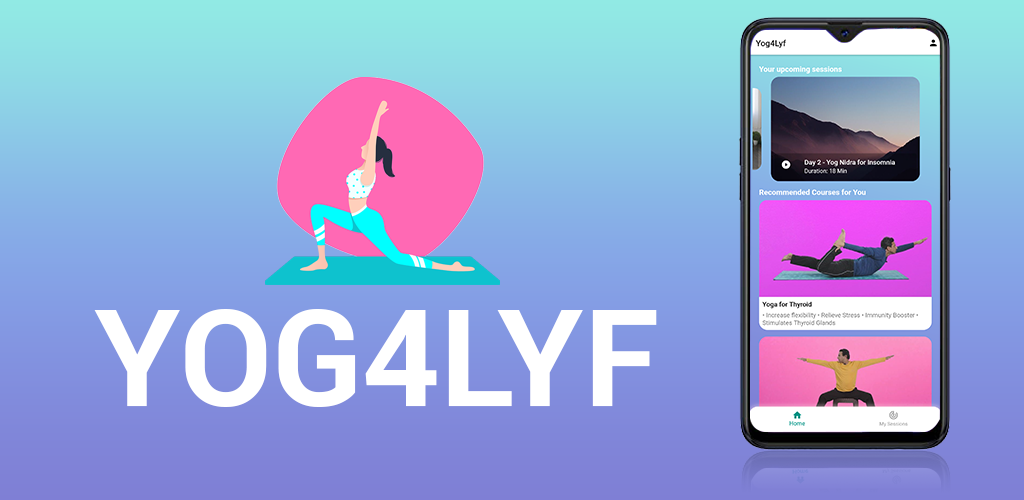
Thus, practicing pranayama is beneficial in many ways. we should never worry too much about any problem, as every problem has a solution.
Everyone has a phase in their life where we feel stressed 24/7, and it’s okay just opt for a better way to manage stress and it will be all fine. Now Pranayam for stress is to be practiced every day but other than that, one should also practice Yoga poses for stress and Meditation for stress.
Practicing all the shared pranayama gives you added benefits and I’m sure managing stress and anxiety would be so easy.
